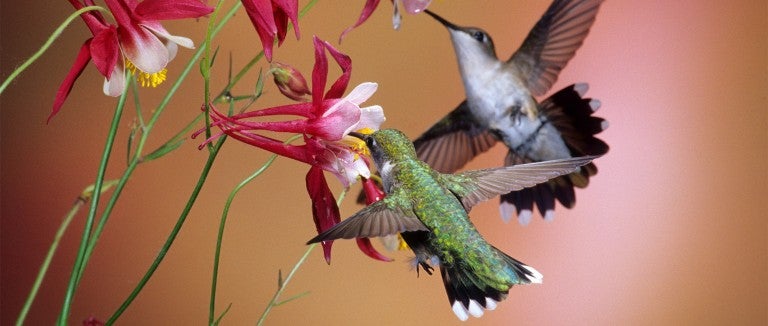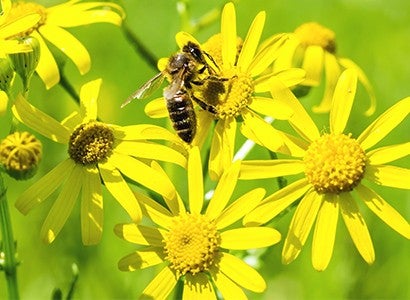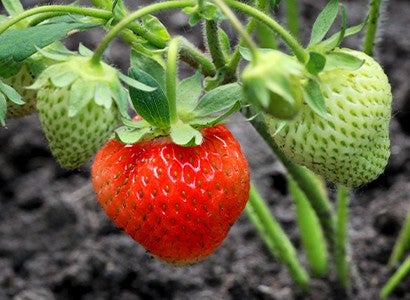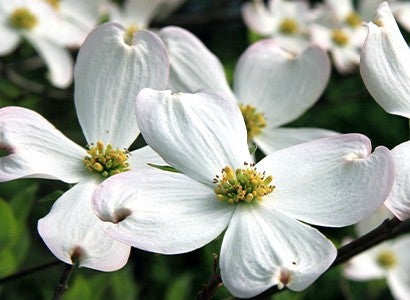It’s a peculiar rite of modern homeownership: Plant a tulip bulb in autumn, cage or spray it to deter nibblers, admire its fleeting blooms a few months later, let it rot in soil ill-suited to its needs and repeat the whole cycle again the following year.
Planting bulbs in cages to exclude animals is more humane, but it’s still the equivalent of a “Keep Out” sign.
Squirrels, chipmunks, rabbits and voles get caught in the crossfire as homeowners penalize attempted tulip foraging with traps and poisons. Planting bulbs in cages to exclude animals is more humane, but it’s still the equivalent of a “Keep Out” sign at a time of year when hungry wild friends need all the food they can find in still-dormant landscapes.
The alternative is simple: We can repatriate the plants that used to grow more abundantly in our own backyards. For every tulip, hyacinth or daffodil sold cookie-cutter style and planted in scant rows, there are dozens of beautiful species that sustain wildlife and even prosper alongside them year after year in our gardens. Here’s how to diversify your offerings.
A humane backyard is a natural habitat offering wildlife plenty of food, water and cover, plus a safe place to live free from pesticides, chemicals, free-roaming pets, inhumane practices and other threats. And it's so easy to build!
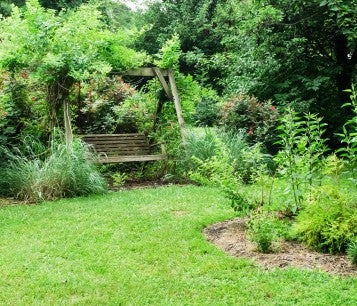
Want more content like this?
This was written and produced by the team behind All Animals, our award-winning magazine. Each issue is packed with inspiring stories about how we are changing the world for animals together.
Learn MoreSubscribe
